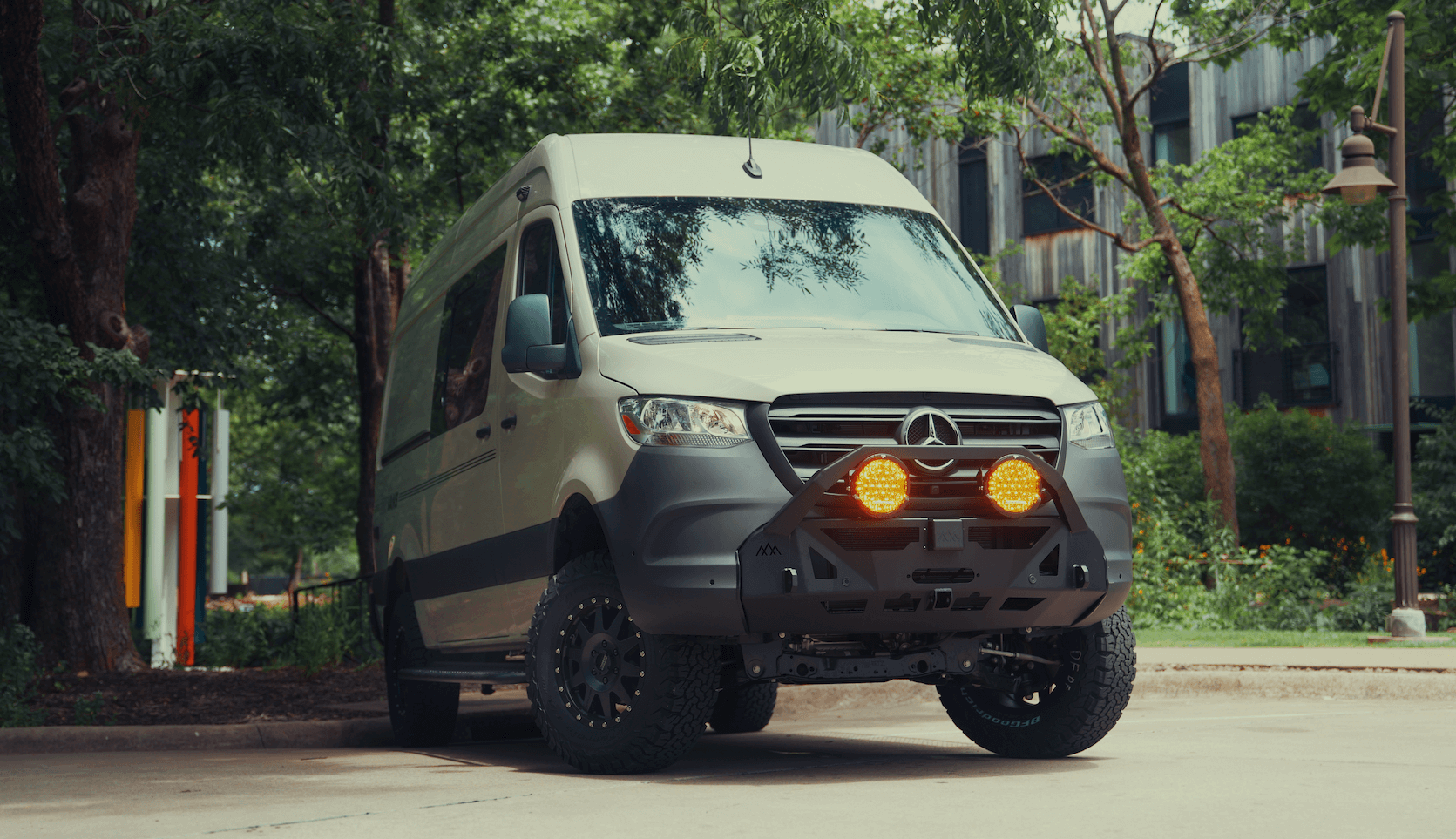Recreational Vans

Brightness is only useful when it is comfortable and well directed. For tents and close quarters, 100 to 200 lumens feels calm and readable. For group areas or cooking zones, 300 to 600 lumens keeps edges visible without glare. Large sites, trailheads, or vehicle setups may call for 700 lumens or more. Look for lanterns with a high and a practical medium mode, because medium is often where you spend most of the night.
Runtime depends on battery chemistry and the level you choose. A lantern that runs 8 to 12 hours on medium is more valuable than one that blasts on high for just an hour. Diffusers and 360 degree chimneys spread light evenly across a table and reduce harsh hotspots. If you prefer a tighter pool of light for tasks, pick a lantern with a partial shade or directional panel so you are not lighting the entire forest when you only need the stove.
Lumens measure output at the source, while lux is how much light hits a surface. A well diffused 300 lumen lantern can make camp feel brighter than a 600 lumen spotlight. Evaluate beam shape, diffuser quality, and height above the table along with the number on the box.
Warm white around 2700 to 3500 K feels restful and reduces eye strain. Neutral 4000 to 4500 K makes food prep and map reading easier. A color rendering index of 80 or higher keeps colors from looking dull at night and helps with tasks like checking gear and wounds.
Modern LED lanterns dominate for simplicity, safety, and efficiency. You will see three common approaches.
For most trips, a rechargeable lantern plus a compact battery bank covers long weekends. If you are going far from outlets, pack a second lantern or a power bank that can recharge the light at least twice. Solar panels help in sunny climates but are slower and weather dependent, so plan accordingly.
Alkaline cells sag in the cold. Lithium ion and lithium primary cells hold voltage better below freezing. Keep lanterns and batteries insulated when temperatures drop, and warm them in your jacket pocket before use for best performance.
USB C has become the standard for rugged outdoor gear. It is more durable than micro USB and often supports faster charging. Dust caps on ports matter; grit and moisture shorten service life.
Outdoors, weatherproofing and impact resistance are not luxuries. IP ratings tell you what a lantern can handle. IPX4 resists splashes, IPX6 survives strong water jets, and IP67 adds dust proofing and brief submersion. A rubberized base and a tested drop height add insurance when the table tips.
Hanging hardware is underrated. A pivoting hook, carabiner loop, or magnetic base turns a simple lantern into a flexible area light. Some models include a quarter inch tripod thread for precise positioning above a cook surface or repair area.
Open flame lanterns demand space and airflow. Use them away from fabric, trees, and fuel bottles. Never burn them in tents, vans, or tight shelters. LED lanterns are safer in enclosed spaces and around kids and pets.
Backpackers count grams, but even car campers benefit from smaller lights. A compact lantern rides in a coat pocket during a midnight walk. Collapsible silicone shades shrink bulk. If you carry one light for all tasks, pick a model that stands, hangs, and clips to a line.
For large basecamps, use a layered approach. One main lantern on medium carries most of the evening. A second low output lantern covers the tent. Headlamps take over for firewood runs and repairs. This mix reduces eye fatigue and saves battery life across the system.
A camping lantern still earns its place even when you have roof lights and cabin LEDs. It goes to the riverbank, the picnic table, and the tent. It becomes an emergency light when other power fails. The best setups treat lanterns as part of a lighting plan, with storage, charging, and mounting in mind.
When your adventures revolve around vans and overland rigs, lighting and power management become a single system instead of scattered gadgets. At OZK Customs in Fayetteville Arkansas, we plan camp lighting the same way we plan kitchens and beds. We design dedicated charging for lanterns and headlamps, integrate USB C and 12 volt outlets where you actually stage gear, and build lighting zones that reduce glare while preserving night vision. Our custom van builds include sheltered exterior task lighting for cooking, soft interior ambient lighting for recovery, and hard mount points that keep gear organized on rough roads. If you prefer a streamlined approach, our partial upfits can add smart power, lighting upgrades, and secure storage without redoing your entire rig. Bring your travel style and site photos, and we will map a lighting layout that keeps evenings calm and predictable, from trailhead to campsite.
Thoughtful lantern choices make camp safer and more comfortable. Pair that with a rig that charges fast, organizes cleanly, and lights up the right zones, and your nights get easier immediately. If you want a build that supports long weekends or months on the road, we would like to help.
Contact us to plan a lighting forward upfit or a complete custom build tailored to your routes, seasons, and crew.
Ready for dependable lighting on every trip? OZK Customs builds vans and overland rigs with integrated lighting zones, dedicated recharging, and power systems that keep lanterns topped off for days. Tell us how you travel, and we will design a build that shines when it counts.
ADDRESS:
6159 E Huntsville Rd, Fayetteville, AR 72701
PHONE:
(479) 326-9200
EMAIL:
info@ozkvans.com